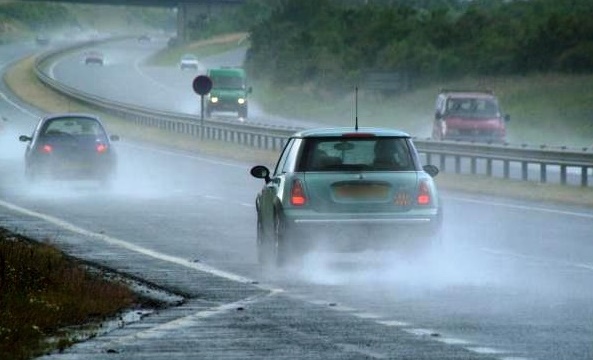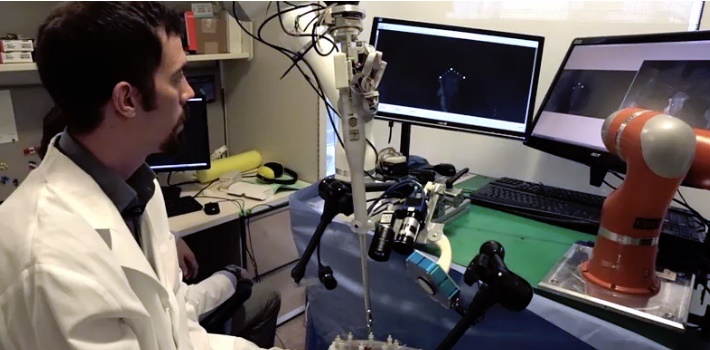The concept of cars have been highly revolutionized since the last decade and car technology development is at its zenith right now. With Google testing its phenomenal self driving cars, we have seen that cars no longer need a human to drive or to watch our for passengers safety. It’s all automated now and still safety is there. Very recently, MIT, Toyota and the New England Transportation Center have started working on developing a new way to detect the wetness of roads from audio. A car having a feature to detect the wetness of roads can reduce accidents by manifold times.

The technology of wetness detection revolves round the physics of noise. When cars ride over wet roads, the friction of the tire with the wet road creates a typical sound that is very common to us. The new sensor that will be installed in cars, will be able to detect the conditions of the road from those noises. Not only wet roads, the sensor will also detect noises from any cars nearby and inform about the driving conditions.
The system is actually inducing a continuous neural network architecture and the technology is solely based on the sound produced from the friction between tires and road surface. As the research paper says,
“We introduce a recurrent neural network architecture for automated road surface wetness detection from audio of tire-surface interaction. The robustness of our approach is evaluated on 785,826 bins of audio that span an extensive range of vehicle speeds, noises from the environment, road surface types, and pavement conditions including international roughness index (IRI) values from 25 in/mi to 1400 in/mi. The training and evaluation of the model are performed on different roads to minimize the impact of environmental and other external factors on the accuracy of the classification. We achieve an unweighted average recall (UAR) of 93.2% across all vehicle speeds including 0 mph. The classifier still works at 0 mph because the discriminating signal is present in the sound of other vehicles driving by.”
The sensor is not only meant for high end automated cars but the group is trying to make it cost effective so that every car can install a sensor and get a safe driving experience.
Source: arxiv.org







Leave a Reply